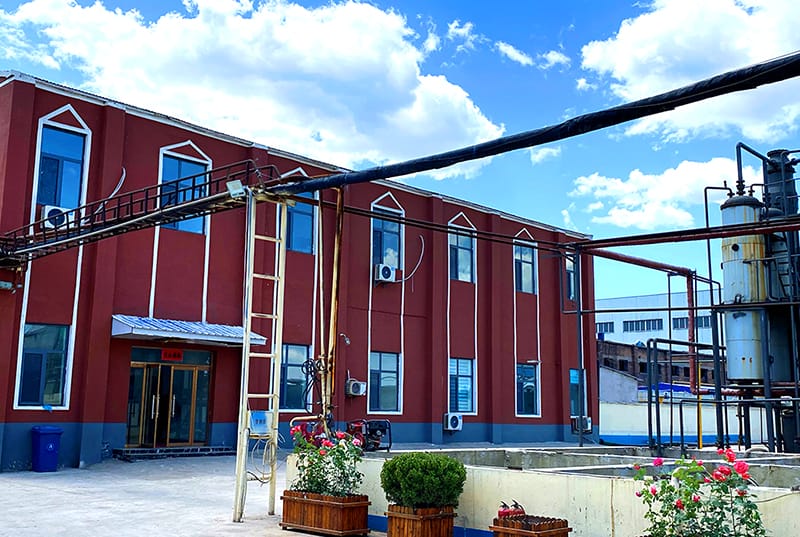Exploring the Benefits of Cellulose Adhesives
In the rapidly evolving world of materials science, adhesives play a crucial role in various industries, ranging from construction to arts and crafts. Among the diverse range of adhesives available, cellulose adhesives have emerged as a sustainable and efficient option. Derived from cellulose, a natural polymer found in the cell walls of plants, these adhesives boast a myriad of advantages that make them highly appealing to manufacturers and consumers alike.
Understanding Cellulose Adhesives
Cellulose adhesives are primarily composed of modified cellulose, a substance that is abundant and renewable. The production process of cellulose adhesives involves the hydrolysis and modification of cellulose fibers, resulting in a viscous substance that can bond materials effectively. These adhesives come in various formulations, including liquid, powder, and film, allowing for versatile applications across different sectors.
Environmental Impact and Sustainability
One of the most significant advantages of cellulose adhesives is their environmental friendliness. As they are derived from natural, renewable resources, their production and usage contribute to lower carbon footprints compared to synthetic adhesives. Additionally, cellulose adhesives are typically biodegradable, meaning they can decompose naturally without harming the environment. This aligns with the growing trend towards sustainability, where consumers and businesses alike are seeking environmentally responsible options in their material choices.
Adhesion Properties and Versatility
Cellulose adhesives exhibit excellent adhesion properties, making them suitable for bonding a wide range of materials, including wood, paper, textiles, and some plastics. Their versatility is particularly beneficial in industries such as woodworking, where they are used for laminating, veneering, and assembling furniture. In the packaging industry, cellulose-based adhesives are employed for creating eco-friendly labels, tape, and cartons that contribute to a greener supply chain.
cellulose adhesive

Moreover, these adhesives can be formulated to cater to specific applications, enhancing their performance. For instance, modified cellulose adhesives can offer improved water resistance or heat resistance, thereby expanding their usability in challenging environments.
User-Friendly Characteristics
Another benefit of cellulose adhesives is their ease of use. Many formulations are non-toxic and water-based, making them safer for both users and the environment. This is especially important in industries where adhesive application occurs frequently or in proximity to consumers, such as in food packaging and children’s toys. Their application is typically straightforward, requiring minimal equipment, which is advantageous for small businesses and DIY enthusiasts.
Challenges and Future Developments
While cellulose adhesives offer numerous benefits, they are not without challenges. One of the primary limitations is their cost compared to some synthetic alternatives, as the processing and modification of cellulose can be more expensive. However, ongoing research and technological advancements are driving down production costs, making cellulose adhesives more accessible to a wider range of applications.
Future developments in cellulose adhesive technology aim to enhance their performance characteristics further. Innovations in nanoscale materials and bioengineering are expected to yield cellulose adhesives with superior strength, durability, and resistance to environmental factors. As these advancements materialize, cellulose adhesives may become the preferred choice across even more sectors.
Conclusion
In summary, cellulose adhesives represent a promising alternative to traditional synthetic adhesives. Their sustainable nature, versatility, and user-friendly characteristics position them well for an expanding range of applications. As environmental concerns continue to shape consumer preferences, the adoption of cellulose adhesives is likely to grow, paving the way for a greener and more sustainable future in adhesive technology. With continuous research and innovation, cellulose adhesives could redefine bonding solutions in a manner that benefits both industries and the planet.
-
Rdp Powder: Key Considerations for Wholesalers in the Building Materials IndustryNewsJul.08,2025
-
Key Considerations for Wholesalers: Navigating the World of Hpmc - Based ProductsNewsJul.08,2025
-
Hpmc Detergent: Key Considerations for WholesalersNewsJul.08,2025
-
Key Considerations for Wholesalers: China Hpmc For Tile Adhesive, Coating Additives, Concrete Additives, and MoreNewsJul.08,2025
-
Crucial Considerations for Wholesalers: Navigating the World of Construction MaterialsNewsJul.08,2025
-
Key Considerations for Wholesalers Sourcing Additive For Cement, Additive For Concrete, Additive For Putty from Additive Manufacturer Shijiazhuang Gaocheng District Yongfeng Cellulose Co., Ltd.NewsJul.08,2025




